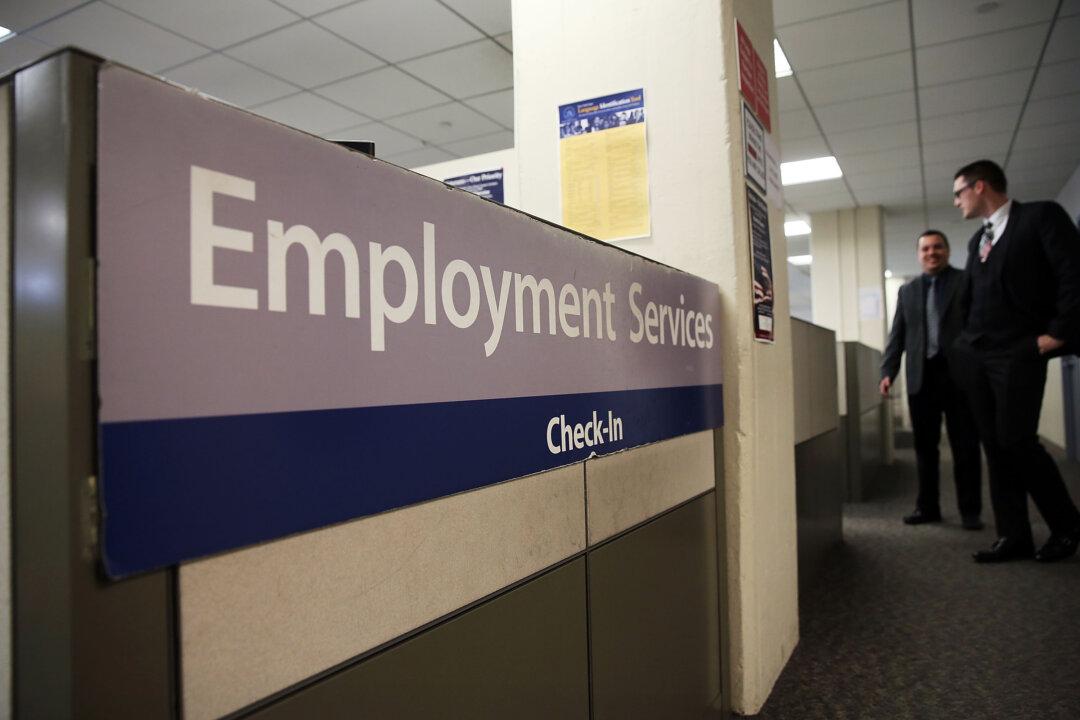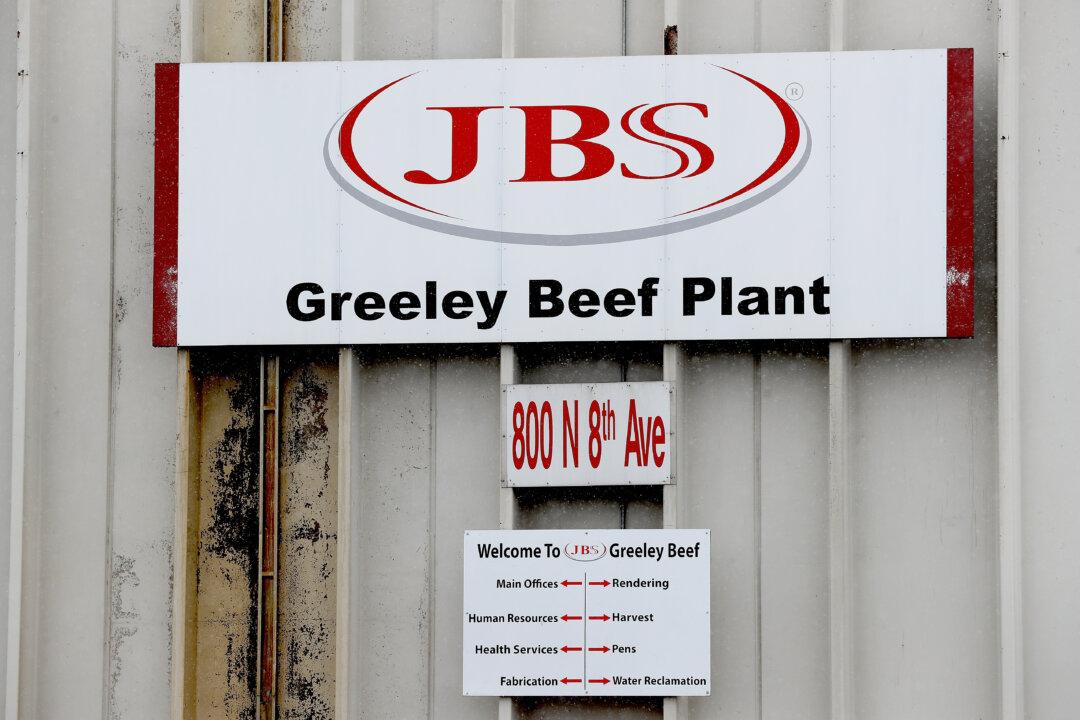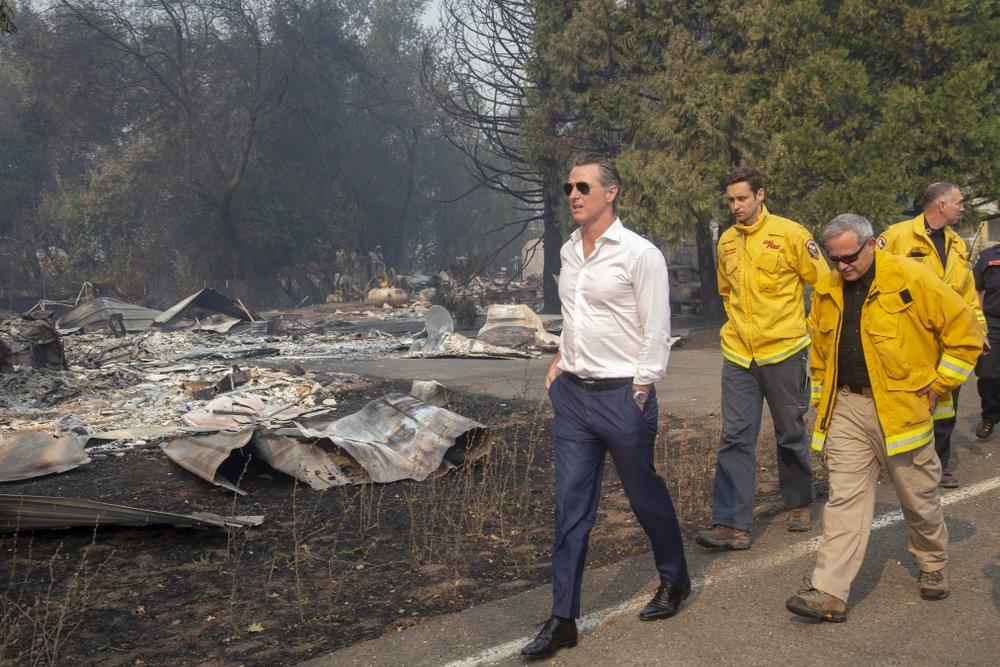While the U.S. labor market remains strong overall and again exceeded expectations in February, New York reported a sharp surge in the number of citizens seeking unemployment insurance this week as shops, restaurants, and retail outlets closed in efforts to contain the CCP virus.
The Epoch Times refers to the novel coronavirus, which causes the disease COVID-19, as the CCP virus because the Chinese Communist Party’s coverup and mismanagement allowed the virus to spread throughout China and create a global pandemic.





